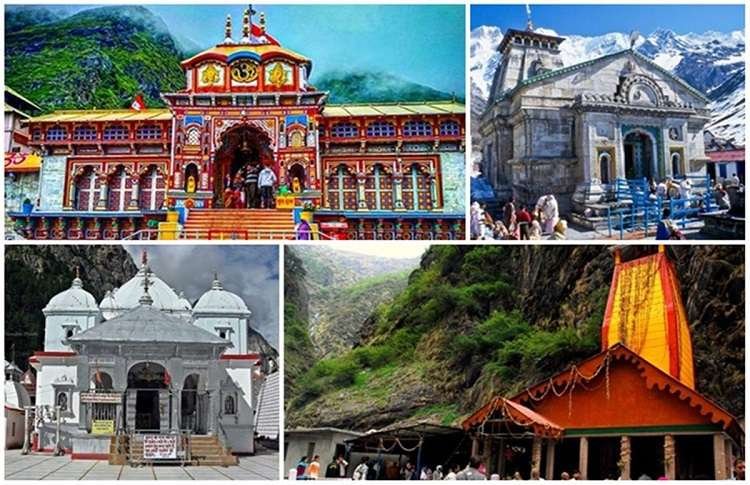The Chardham Yatra, encompassing four sacred sites in the Indian Himalayas—Yamunotri, Gangotri, Kedarnath, and Badrinath—is a significant pilgrimage for devout Hindus. This spiritual journey holds immense religious, cultural, and historical importance. In this comprehensive article, we will delve into the multifaceted importance of the Chardham Yatra, emphasizing its religious significance, spiritual benefits, cultural impact, and the role it plays in the local economy and environment.
Religious Significance
The Chardham Yatra is deeply rooted in Hindu mythology and scriptures. Each of the four sites has unique religious importance:
- Yamunotri: Dedicated to Goddess Yamuna, Yamunotri is the source of the Yamuna River. Pilgrims visit this site to seek the blessings of the goddess and purify themselves by taking a dip in the holy waters of the Yamuna, which is believed to wash away sins.
- Gangotri: Gangotri is the origin of the Ganges River, considered the holiest river in Hinduism. The temple here is dedicated to Goddess Ganga. Pilgrims visit Gangotri to perform rituals and take a holy dip in the Ganges, believing it will cleanse their souls and bring salvation.
- Kedarnath: Kedarnath is one of the twelve Jyotirlingas, which are the most sacred Shiva temples. The Kedarnath Temple is dedicated to Lord Shiva and is located at a high altitude, surrounded by snow-capped peaks. Pilgrims endure a challenging trek to seek the blessings of Lord Shiva and attain liberation from the cycle of life and death.
- Badrinath: Badrinath Temple is dedicated to Lord Vishnu and is one of the 108 Divya Desams, holy shrines for Vaishnavites. Located on the banks of the Alaknanda River, it is believed that a visit to Badrinath can lead to moksha (liberation) and eternal bliss.
Spiritual Benefits
Undertaking the Chardham Yatra is not merely a physical journey but a profound spiritual experience. Pilgrims believe that the Yatra helps in purifying their mind and soul, leading to inner peace and spiritual growth. The arduous journey through rugged terrains and challenging weather conditions is seen as a test of faith and devotion. Overcoming these challenges is believed to strengthen one’s resolve and bring them closer to the divine.
Cultural Impact
The Chardham Yatra has a profound cultural impact on Indian society. It promotes the preservation and celebration of age-old traditions and rituals. Festivals and religious ceremonies held at these sites attract thousands of devotees and tourists, fostering a sense of community and shared cultural heritage. The Yatra also encourages the practice of hospitality, as local residents offer accommodation and support to the pilgrims.
Economic Significance
The Chardham Yatra plays a crucial role in the local economy of the Uttarakhand region. The influx of pilgrims and tourists generates revenue for local businesses, including hotels, restaurants, transport services, and shops selling religious artifacts and souvenirs. This economic activity provides livelihoods for thousands of people, contributing to the overall development of the region.
Environmental Considerations
The Chardham Yatra, while significant for its religious and economic contributions, also poses environmental challenges. The increase in tourism can lead to pollution and degradation of the pristine Himalayan environment. However, efforts are being made to promote sustainable tourism practices. Initiatives such as waste management, eco-friendly accommodations, and awareness campaigns about environmental conservation are being implemented to preserve the natural beauty and ecological balance of the region.
Conclusion
The importance of the Chardham Yatra extends beyond its religious significance. It is a journey that enriches the spiritual lives of devotees, strengthens cultural bonds, boosts the local economy, and, with responsible practices, can promote environmental sustainability. For millions of Hindus, the Chardham Yatra remains a revered pilgrimage, symbolizing faith, devotion, and the eternal quest for spiritual enlightenment.









[…] Know about Chardham Yatra Importance […]
[…] Other Similar Destinations: Chardham Yatra , kedarnath […]